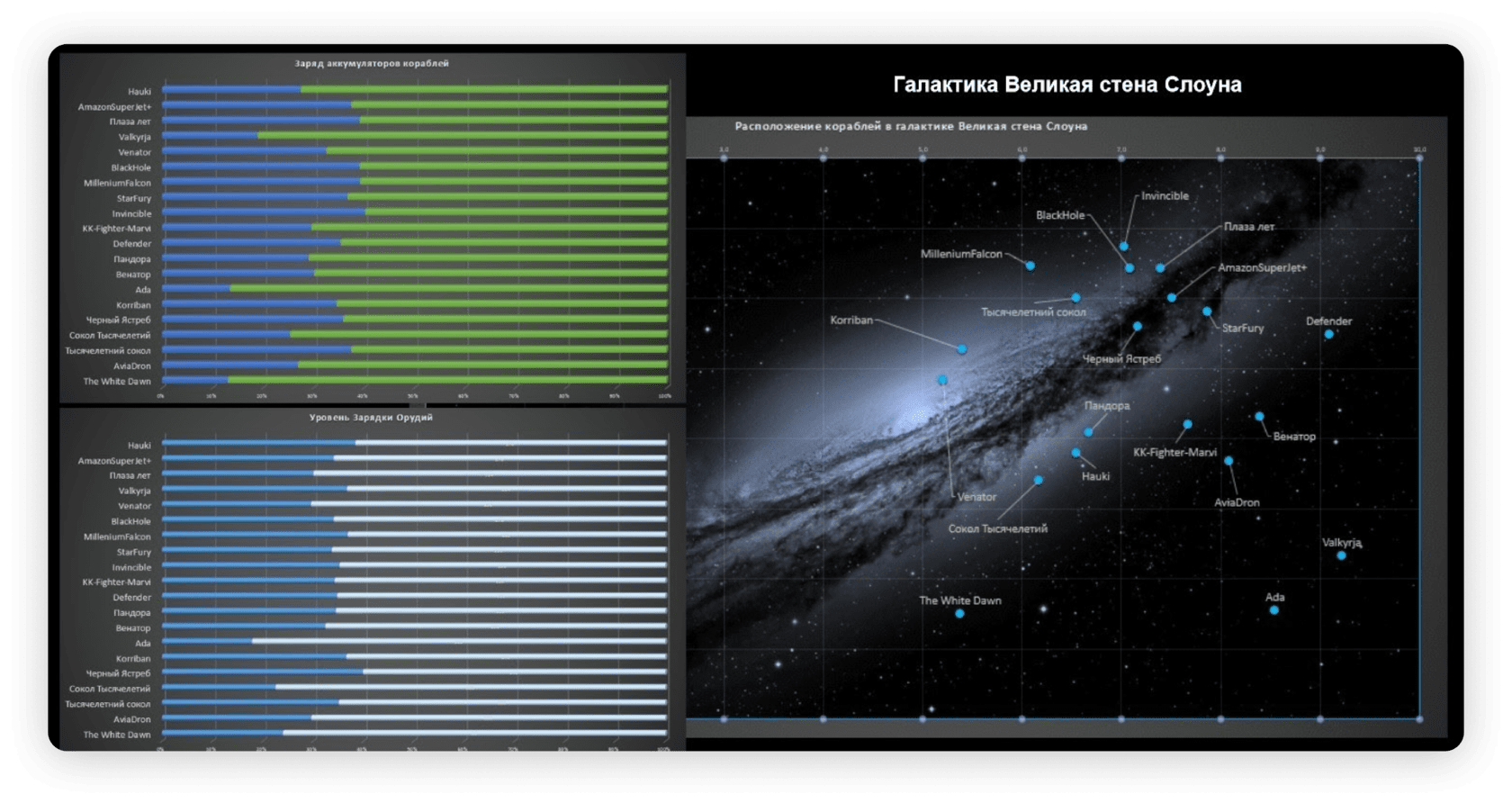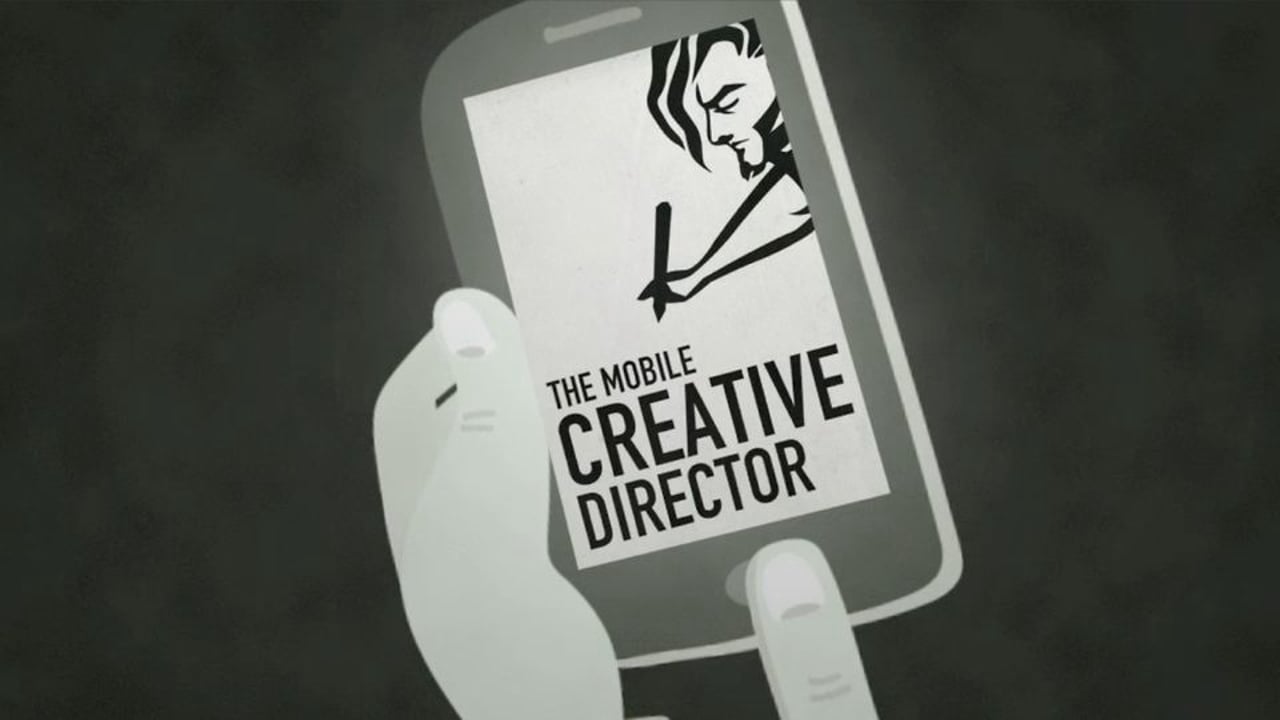How gamification works around the world: case studies for effective implementation

85% of employees show great interest in gamification at work. This is discussed in a study by Growth Engineering. And it is not unexpected that in the long term until 2025 HRD considers gamification as one of the most effective solutions. Indeed, by this time, more than half of the global workforce will be made up of millennials raised on online games and preferring to compete with each other even in routine work moments. Well, non-trivial gamification satisfies their “gaming interest” qualitatively.
In turn, Gartner experts argue that more than 70% of companies included in the Global 2000 list have already implemented gamification in one form or another. And this trend will only grow. Today there are many gamification examples that have been shown and proven to be effective. Let’s analyze, from our point of view, the most successful of them.
What is gamification? Gamification meaning and benefits
Gamification definition. It is the process of adding game elements to something that is not a game (such as a task) to encourage engagement, happiness, and loyalty.
There are many interesting cases when gamification is effectively implemented in education, business, marketing, and even… military service. This is a military simulation game that the US Army has begun to use to train and train the soldier’s corps. Colonel and Professor of the US Military Academy Kasey Wardinski said about the creation of America’s Army: “Computer gaming technology should be used to provide a virtual soldier experience that can help engage, inform and entertain the audience.” And we can’t argue with that!
If we consider gamification in business, then it is important to involve customers to direct interaction, which is aimed, for example, at increasing sales. Even the simplest scheme “Find a promo code in a pack and register on the site” also still works.
Gamification has proven itself in education as well. After all, even routine homework can be turned from a boring necessity into a fun quest with passing levels, getting bonuses, etc. The involvement of the students is increasing significantly!

The popularity of gamification in HR is explained by the fact that the old methods of motivation are becoming obsolete and losing their effectiveness. This is especially true of generations Y and Z – young employees who are accustomed to “passing levels” from childhood and prefer to “compete”.
Gamification can also be used when hiring, for example, by offering a candidate to go through different levels with tests, quests. The more successful, the greater the chances of getting a job.
Therefore, every year the game mechanics become more complicated and more exciting, improving dialogues with the “player”, script, special effects, graphics. In this case, the main component remains the path “From” and “To”, which must be traversed to achieve the goal.
Gamification techniques and types
In “For the Win”, Kevin Werbach divides gamification into 3 types: internal, external, and behavior-changing.
Internal gamification is focused on company employees. It is needed to achieve specific goals, strengthen the corporate culture, and improve the overall organizational effectiveness of the team.
External gamification is interaction with potential buyers/clients. The scheme is as follows: we involve the client in the game, create pleasant emotions – prepare the ground for making a purchase or increasing loyalty.

Behavior-changing gamification aims to create new habits. The simplest example is the Nike Run Club (NRC) app, which calculates the mileage and publishes the result on social networks.
Depending on the type of gamification, different game mechanics can be implemented in the work: ratings, levels, statuses, leaderboards, badges, points, virtual currency, etc.
The basis of any game is motivation. In the internal gamification, incentives work well, in the external – service, discounts, and bonuses. Motivation should be fueled by “discoveries” – new levels, for example, as well as obtaining a certain status. You can use this by demonstrating game progress, results, TOP-table, etc. And, of course, it is important to reward leaders and winners – financially or emotionally, depending on the interests of the “gamers”.
Companies that use gamification
Let’s look at examples of how large companies use gamification to solve business problems.
For example, Amazon offered to employees of warehouses in the UK and the US voluntarily to compete in the cases picking. Large screens virtual toys “Castle Builder” and “Racer” were installed in the warehouses. As they did their jobs, they accumulated personal records, thanks to which they “built castles” or “drove” supercars. The faster the employee coped with the tasks, the more actively his castle grows or the car rides.

As a reward, the local currency was issued, which can be used to pay for T-shirts, water bottles, souvenirs. The project met expectations: the work became less routine, the employees – more diligent, the number of errors decreased, and productivity increased.
The first gamified project at Microsoft was aimed at finding linguistic errors in software and was addressed to testers. Their work is very routine, few people are willing to work in this direction.
After the introduction of the PBL system (points, badges, and leaderboards), each error found brought the employee one point to his piggy bank.
It was later revealed that the desire to accumulate points encouraged the team to work from home and on weekends. About 7 thousand language errors were detected during the project, which is much more than the average for previous periods.
Telecommunications company Yota once implemented a Star Wars-inspired employee game. How it all went: for two months the point-of-sale team was on the Light side, and the Dark side – sales plans. To emerge victorious from the battle, it was necessary to actively build up the “military” potential – to “perfectly” fulfill the plan for sales and training. So, to charge the ship’s battery, it was important to sell modems above the norm and to be able to shoot from a laser – SIM cards, etc. Those who showed themselves better and more diligently than others were awarded bonuses and prizes.

Gamification in Ukraine. Completed? Get it!
In Adtelligent company which specializes in advertising and online media promotion, runs a gamification project called Campaign to gain. Its point is in a special system of bonuses and chips, which are awarded and issued for different types of activity. Employees can exchange them for Adtelligent branded products, gym membership, massage, etc.
MacPaw company also has its motivation system in the form of an internal currency – “fixes”, for which you can buy snacks and drinks in special machines. “Fixes” can be shared with colleagues – for example, to thank for help with work. Team leads charge each employee one “fix” per week. You can get even more if you are actively involved in work processes and participate in the life of the office and the company.
Since the formation of Reprezent, a presentation design company, the founders have been concerned about employees constantly learning new skills. However, the employees, as a rule, did not always succeed in starting the training. The solution was found in the form of the accrual of coins for the time spent on self-education.
In a special application, each skill is assigned a certain “weight” in coins – depending on the importance of this skill for work. Employees receive coins not for the result, but for the time spent on training. For the accumulated coins, you can get both material goods (snacks) and intangible ones (weekend, driving lessons, etc.). Thus, in six months, the Reprezent team earned a total of 11,710 coins, spending about 250 hours learning new things.
Recruiting gamification: catching Pokemon and repelling cyberattacks
Directly in recruiting, gamification can be effectively used in building the very process of searching and recruiting personnel, as well as for testing and verifying the professional skills of an applicant.
For example, recruiters from Abell Pest Control, Canada, have concluded that whoever catches Pokemon looks a lot like… a responsible pest fighter. After all, he also travels to locations and catches any “essence”! Therefore, when the whole world was playing Pokémon GO, Abell Pest Control acquired more than 100 game and similar “lures” in the story, sending them to “catch” future employees.
The experience of the communication agency Saatchi & Saatchi is interesting. Here they developed an application with which it was interesting to submit and send your idea: write down, take a photo and get feedback. So they were looking for a new creative director who could surprise and offer something completely new and unique. This recruiting campaign was covered in the media, the right PR noise was raised and a super candidate was found.

The British Government Communications Center (GCHQ) has launched a campaign to find young talents to defend England from cyber attacks. They were presented with a complex puzzle that had to be folded to obtain the secret code. Only 1% of 200 thousand candidates solved the problem. Since then, GCHQ has only looked for those whose talents are demonstrated in practice.

The topic of algorithmic puzzles is also actively used by Google. Those looking to work here are encouraged to go through several rounds of Google Code Jam. This is an extremely large-scale project that brings together a huge number of participants, different technologies and languages, different levels of competition, and bonuses. IBM has something similar.
Drawing conclusions
Employers who are integrating gamification into their recruiting processes point to many positive factors. Among them –
- the opportunity to “in practice” assess the skills, experience, and behavior of the candidate according to criteria important for the company or position;
- an independent “audit” of the candidate’s communicative qualities and creative abilities;
- the ability to form a reasoned refusal if the candidate is not suitable;
- excellent internal and external PR of the employer’s brand in the labor market.
Companies that use gamification at the stage of attracting, recruiting, and further motivating specialists will win. This is very clearly manifested in the formation of a good team, a high-quality work atmosphere, involvement, and productivity growth. Because “coffee and gingerbread”, “an office in the very center” and “young cheerful team” no longer “catch” worthy specialists.
Note that our team is also working in this direction, and very soon CleverStaff will share with you its experience of introducing interesting game mechanics into an automated recruiting system. Stay tuned for updates on our blog!